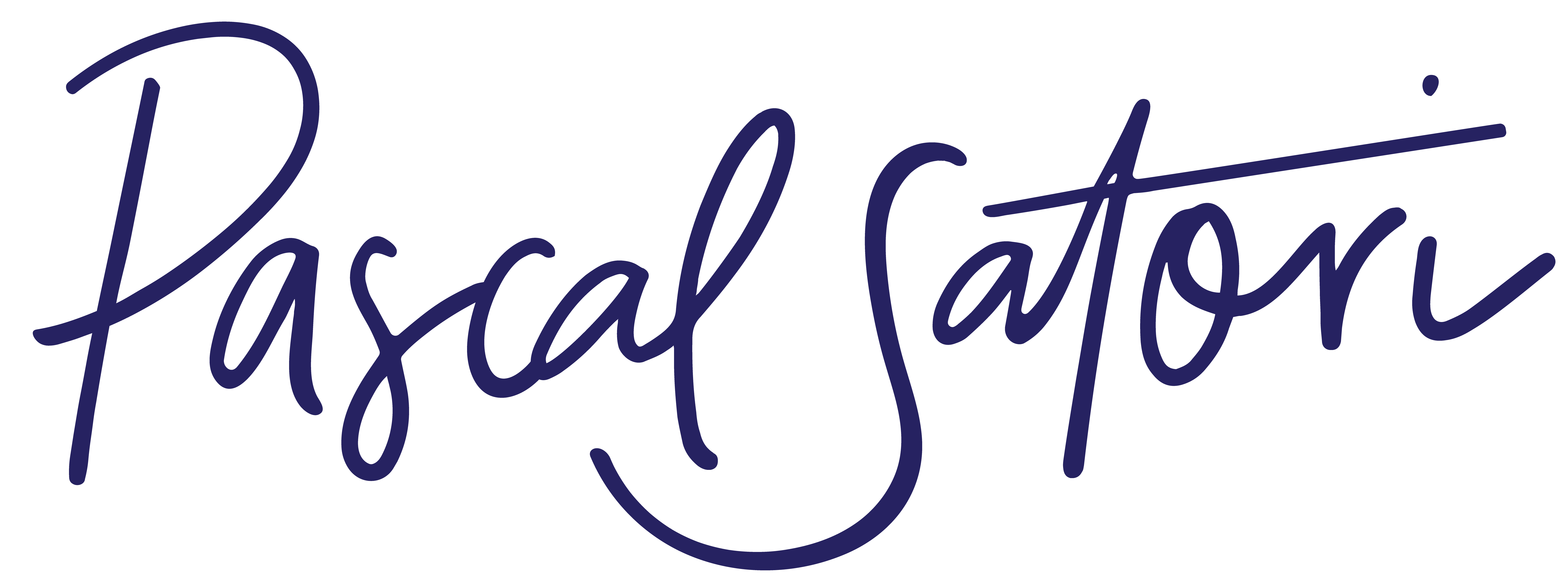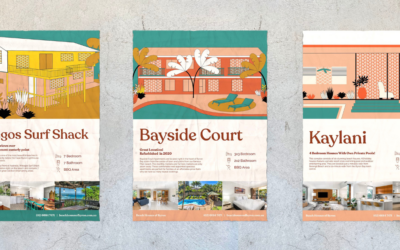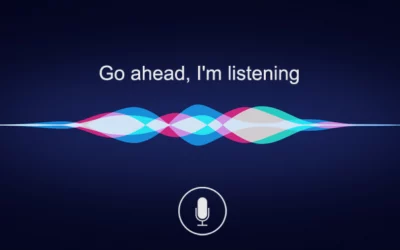If you’re a business that is entering the tech sector, particularly with a software as a service (SAAS) product, making sure your audience instantly resonates with your offering is essential for success. Even if you’re providing an innovative new solution to an age old problem – and believe you are one step ahead of the competition – your product still needs to stand out and garner a well deserved reputation.
The tech industry is a competitive minefield, and ensuring you are reaching the right customer, and making a memorable impression on them is the only way to stand out. But, in order to create that emotional connection between your technology and your audience, you need to think outside the traditional ‘product marketing’ box. You need people to connect, and to care about your organisation and not just your product – creating something with lasting success, when the majority of tech startups barely last a couple of years.
It’s more than a name, a logo or a single product. It’s about connection, differentiation, innovation, growth and purpose. It’s about building trust, loyalty and being memorable. That’s where a brand-led strategy comes in.
Why a ‘Brand’ and not a ‘Product’?
Many software organisations are familiar with product-based marketing, with shiny lead funnels and sales teams – but in order to truly compete and stand out, you need to think bigger. Leading with a singular product as your brand simplifies your technology to solving a narrow set of problems, rather than creating a better reality for your audience to live in. It means that you are your product, and nothing more – and whilst this is a fabulous idea if your end-goal is acquisition – if you’re wanting to build something bigger, more sustainable and able to evolve with the times – you must lead with brand.
Facebook’s rebrand to Meta demonstrated to the world what happens when your product is no longer hitting the mark the way it used to, or what is required when you wish to pivot in a new direction. Leading with product first, Facebook was left open to scrutiny that affects anything further they wish to develop. With Meta, Facebook is still a notable product in their portfolio, but they are saying that they are more – literally and figuratively. The extensive rebrand so late in the journey was seen by many as too little too late, with the negative connotations associated with Zuckerburg’s personal brand (and the continuous concerns raised about privacy and sponsored posts) tarnishing.
Alphabet has mastered the art of balancing brand and product through their hybrid brand architecture, leveraging the brand equity of Google and Google-related products whilst sitting everything under the Alphabet brand, which is broad and represents innovation, and therefore enables them to grow.. and grow… and grow.
An abstract, emotion-led brand promise has potential relevance to a range of products and services. A product-led promise leaves you with a focus, yes, but a narrow one.
What is a ‘Brand’?
It may seem obvious, but the best organisations use aspiration and emotion to gain favour from their audiences. Trust is the number one way to encourage people to buy from you, but how can you create an emotional connection with people that transcends an immediate need, and crafts a world in which people become your champions? How do you make sure that another entrant into your space, someone who may imitate your solution or have similar technology, doesn’t take your customers? Well, that comes down to Brand.
A brand is more than functional specs, and it’s definitely more than a name or a logo. A brand is what your customers think of you, it’s the entity that your audience forms an emotional connection with, and is made up of all of the tiny individual components of design, service, operations, and communication that you undertake every day.
Brand is who you are, what you believe in, and where your real reputation lies… and while you may think that your brand is your product, it’s actually the other way around – your product is the offering made by your brand. Sure, your product might drive people to buy on its own, but without a strong brand to back the product you’re unlikely to remain memorable. Putting a brand at the forefront of your thinking, and considering how all your actions flow on from a clear understanding of who you are and why you exist as an organisation, is the way to ensure you stay in the game.
There are several key areas of focus when building your brand; all of which need to be done consistently and with an understanding of an overarching brand strategy that intertwines with your business strategy.
The right message, at the right time.
As a software or technology based business, your product is at the very core of your organization and requires ample room to shine. Technology is an innovative, intelligent, and fast-paced sector, full of functional specs, algorithms, and practical applications – which is why it’s understandable that many brands fall into the trap of product first marketing with a ‘no frills’ approach.
But when it comes to how you speak to your customers, where many businesses can go astray is by placing too much emphasis on the super complicated nitty gritty of their product’s functional specs. Naturally your customer wants to have a clear understanding of why they need your software, but these specifications are only worth anything if they’re backed up by strong brand identity and messaging that makes people feel something.
Getting caught up in selling, and not focusing on the entire customer journey used to work before the whole world was saturated with content. Now, you need to think about the layers of messaging you’re putting out into the world – some embedded in the subtext of your actions.
Think about value, and prioritise driving conversation around the problems you solve. Delivering what your audience needs, at whatever stage of the journey they’re on, start to build up an image in that person’s mind of WHY they should buy from you, and WHY your product is better. Using messaging that is clear, subtle and consistent is the best way to balance out your advertising and other marketing efforts, and ensure you build a great foundation that backs those efforts. This is especially essential in B2B where the sales cycle is longer, and when it comes to putting your business forward people are more likely to remember the story you tell and the way you make them feel, rather than a list of things your products do or don’t do.
Use design. And use it well.
It’s not just about having a strong logo that counts but rather what you have to say and stand for. What are your company’s values, and how do you uphold them? How does your user experience, interface, communications, and assets reinforce those ideals?
Think about your customer, and how they will engage with your business. Before they read any in-depth details on the product itself, they will most likely visit your website, stalk your social media, and look for reviews of your product. If you’re in the B2B space they’ll likely talk to colleagues, sales reps, undertake demos…They will paint an opinion of where you fit in their lives, and whether they can trust you, based on the experience you provide, the visuals you use and the way you communicate.
We digest information first through our eyes, and then using our psychological catalogs of experiences and biases develop an opinion. Your identity, how you look and feel must support your message. Look AND feel – that means not only how it looks, but how it works.
A perfect example of this in the tech space is Afterpay, who has developed a strong brand that supports their product. At the core of their offering is a re-financing product that allows customers to smooth payments over 4 installments – not something that any of us would think is particularly youthful, colourful, or exciting. However, Afterpay has developed colourful, bright, and relatable branding for which attracts their target customer perfectly. Their user experience is not only easy to use, but is much more representative of a retail experience than a bank or financial institution.
Design, much more than the aesthetic, is the way to innovate and craft the world around your brand.
Work out your position.
Working out how you position your brand is essential in suggesting that it is one of a kind, and so much more than a list of functional specifications. By leading with Brand you have an opportunity to hone in on the why, and create a new marketplace that isn’t easily duplicated by your competition. Every software company wants to be the next Apple, Facebook or Google – but at the end of the day, they created their own space. They positioned themselves carefully in the market and the minds of their customers. They were careful to create enough space for growth.
Recently rebranded Linktree’s new brand positions the business transition from the ‘link-in-bio’ tool to a brand that fuels engagement and community across all digital platforms. After years of providing an unparalleled product offering, they realised that they needed to formulate a brand strategy that would push the business beyond its product. The rebrand follows the culmination of years of work in providing an unparalleled product offering for users, and in order to innovate, Linktree needed to create growth by leading with the brand.
Positioning your company in the marketplace and the minds of consumers is more than a competitive initiative. It’s about going above and beyond what already exists and carving out something new. Tech and SaaS is the epitome of a big, blue ocean – and positioning it with brand in mind is key.
By focusing on the big picture, you leave your company open to opportunities in the future, and avoid the competition by creating a narrative around your offer that can’t be ripped off.









